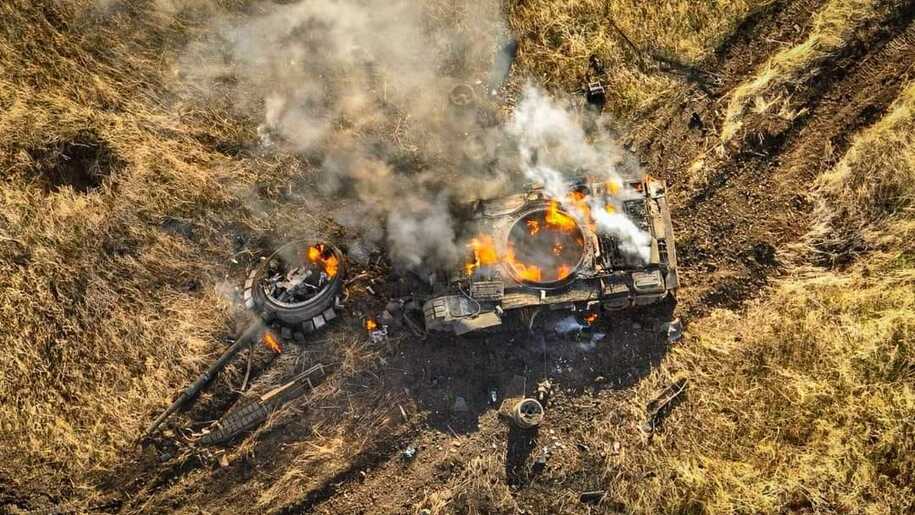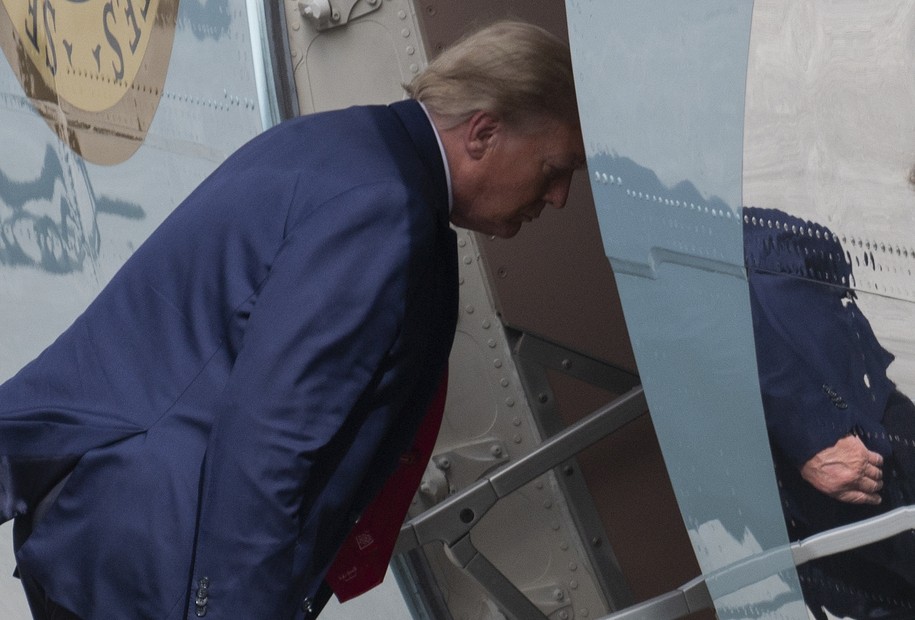You can read more great Ukraine coverage by both staff and community members here.
Can you tell that we’re excited about recent Ukrainian advances in Kherson oblast, south of the Dnipro River (otherwise known as the “left bank”)? We’ve spent the past week covering Ukraine’s actions here, here, here, here, here, and here.
Most of that coverage has focused on the what, how, and why of the second Kherson counteroffensive (I think we can officially call it that now). Today, I want to focus on where all of this is headed, and why it must be so terrifying to Russia.
What: Ukraine has advanced across the entire southern (left) bank of the Dnipro River, filling in the last gap over the past few days with new crossings southwest of the city of Kherson, around Potemkin Island (its real name).
Why: Russian defenses in southern Ukraine, in Zaporizhzhia and Donetsk oblasts, have proven too strong for Ukraine. Meanwhile, Russia has apparently thrown a great number of its reserves in its bloody bid for Avdiivka in eastern Ukraine. Russia’s Kherson defenses are light, as Russia assumed the kilometer-wide Dnipro would be enough to protect its flanks. As of now, the river certainly complicates Ukraine’s advances, but it’s proving a surmountable obstacle.
How: The details remain shrouded in mystery, as they should be. No need to tip off Russians on how to better counter them. But from all indications, it’s a mix of drone swarms hitting Russian targets, a massive artillery advantage firing relatively safely from Ukraine’s side of the river, and elite light infantry units crossing the river via boat and barge and moving quickly through thinly defended Russian ranks. Russian sources report that Ukraine has started moving armor across the river, but Ukraine needs to bridge the river to bring across and supply serious combat power. That requires pushing Russian forces another 10 kilometers or so from the river, to protect any river crossing from tube artillery. This is why Ukraine is clearing territory around Krynky, near Ukraine’s most likely crossing point:

Ukraine has continued to make gains around Krynky (bottom left yellow splotch inside the circle) in recent days, reportedly liberating the whole village and pushing into the forest to its south, approaching the important T2206 highway. Their current advances aren’t random. Ukraine wants breathing room for its pontoon bridge.
So, what now? It’s now a game of highways. Or, put another way: a war of logistics.
There aren’t many roads in this part of Ukraine:

There are two main highways out of Crimea to the north: the E97 and the T2202. They connect to the T2206 running roughly parallel to the Dnipro, which eventually turns into the M14 running straight to Melitopol—the biggest strategic prize on the entire active war map.
As such, Ukraine will look to control those key intersections connecting Crimea to the T2206:

Oleshky, the westernmost circle on this map, will be a key Ukrainian objective, controlling not just a key junction of the T2206, but also pushing Russia away from the destroyed Antonivskyi Bridge. With some breathing room, Ukraine can run an additional pontoon bridge alongside the old one, just like Russia previously did, offering it some protection from Russian missiles and rockets.
East of Oleshky, Ukraine will want the E97-T2206 road junction. Ukraine is already pushing south of Krynkyand will soon cut the T2206 in that direction. With full control of those access points, the Russian garrison in Kozachi Laheri wouldn’t last long.
Further east, Korsunka will loom large in the coming weeks, as it is the most likely location for Ukraine’s first bridging attempt. Russia knows this, which is why this little corner of Kherson sports a network of Russian defenses:

The black arrows point to Ukraine’s likely landing location, and then a second line just south of Korsunka.
The line on the riverbank will be obliterated by artillery and direct fire from across the river. The Korsunka line will be tougher, but no one thinks these lines are as well developed and equipped as the ones that have caused Ukraine so much grief in Zaporizhzhia.
Once Ukraine breaches that single defensive line south of Korsunka and reaches the T2206, Nova Kakhovka will be in serious danger of being cut off from its supply lines. Russia understands this and has built defenses along the highway to slow any Ukrainian advance. But if Ukraine manages to push through?
It’s a straight shot to Melitopol from there on the M14 highway, on an axis with far fewer developed defenses than north of Melitopol.

In addition to threatening Melitopol, which Ukraine needs to liberate in order to sever Vladimir Putin’s precious land bridge, this would also liberate Enerhodar, where Russia continues playing dangerous games at the Zaporizhzhia Nuclear Power Plant. And with winter coming and the Kakhovka reservoir gone, the remaining marshy ground will be frozen, perhaps hard enough for additional Ukrainian crossings in that direction. Don’t sleep on the changed topography of this approach. This satellite image shows you how much of the original river has filled in after Russia blew the Kakhovka dam.

But if I was in charge, I wouldn’t head east. I’d head south, toward Crimea, along those two major highways in the map above.
Reaching Crimea would also sever Russia’s land bridge, and along with the destruction of the Kerch Bridge (you know it’s inevitable), it would mark the start of the siege of Crimea. The peninsula already lost its water supply when Russia blew the Kakhovka Dam; it would now lose the efficient supply of both its military and civilian populations. Russia would be dependent on air supply (inefficient), or sea supply, which Ukraine will gleefully target with its missiles and drones.
With Crimea starving for supplies, Ukraine could afford to wait out the siege while it then looked eastward toward Melitopol.
This would give Ukraine its first major strategic victory since the Kherson counteroffensive in the fall of 2022, quieting many of its Western critics and skeptics and putting Russia at a diplomatically, politically, and militarily disadvantageous position.
It’s a fun scenario, right? And Ukraine is in the process of putting the necessary pieces in place to make it happen.



